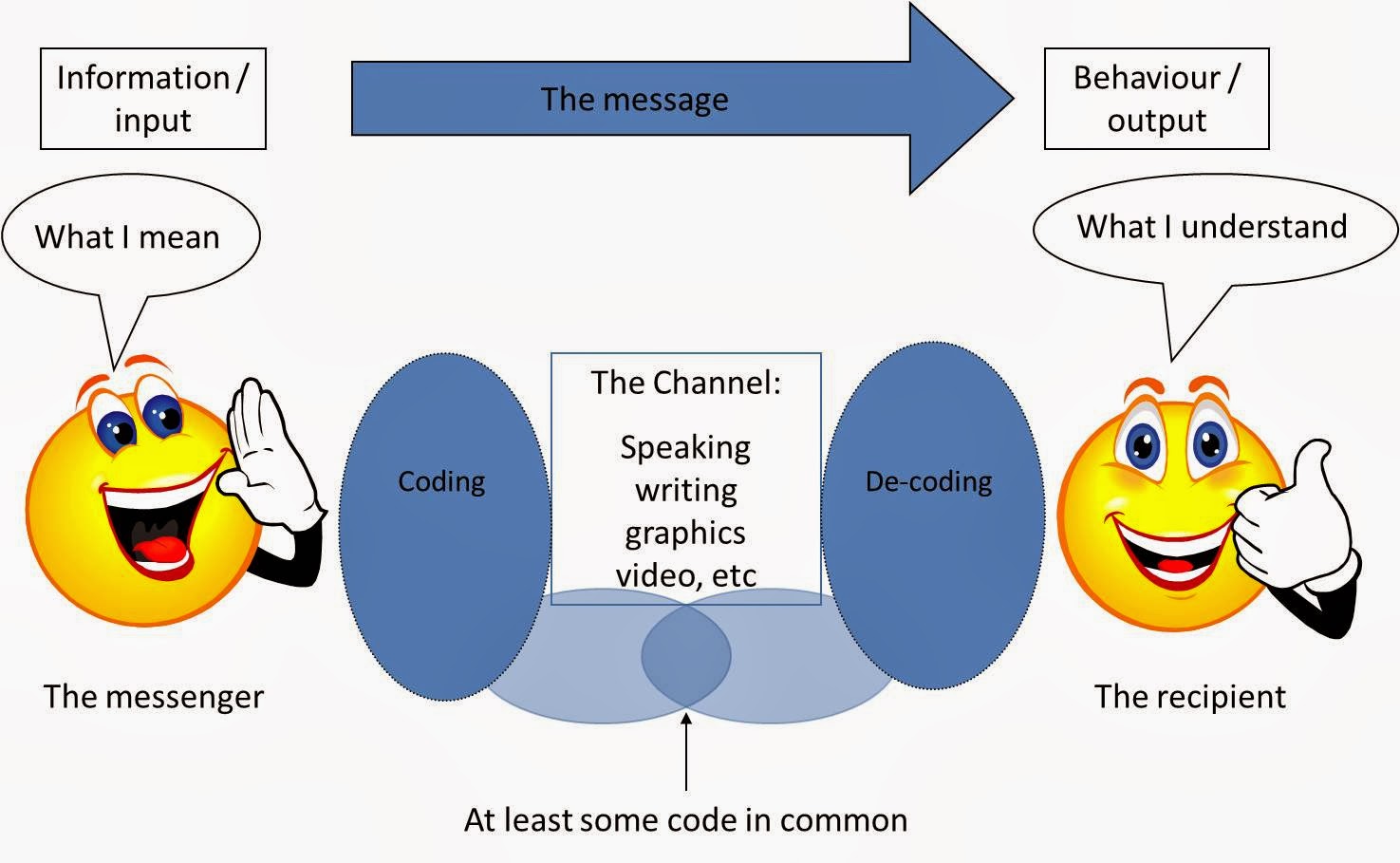Motivation: Concept, Theories and Factors
Motivation is a psychological construct that explains the initiation, direction, intensity, and persistence of behaviour. It's the driving force behind human actions, influencing the reasons why individuals or groups do something. Motivation can stem from internal desires (like curiosity or the need for self-satisfaction) or external factors (such as rewards or social recognition).
Examples:
- Internal
Motivation: A student might study hard out of a genuine interest in
learning and personal satisfaction from gaining knowledge.
- External
Motivation: An employee works extra hours to receive a bonus or
promotion.
2. Important Theories of Motivation
a) Maslow's Hierarchy of Needs:
- Theory:
Abraham Maslow proposed that human motivation is based on a hierarchy of
needs. The five levels are physiological needs, safety needs, love and
belonging, esteem, and self-actualization.
- Example:
A person might first seek to fulfil basic needs like food and shelter
(physiological) before seeking friendships (belonging) or personal
achievements (esteem).
b) Herzberg's Two-Factor Theory:
- Theory:
Frederick Herzberg suggested that job satisfaction and dissatisfaction
arise from two different sets of factors: hygiene factors and motivators.
Hygiene factors (like salary and work conditions) prevent dissatisfaction
but don't motivate, while motivators (like achievement and recognition)
truly motivate employees.
- Example:
A well-paying job might not motivate an employee if it doesn't offer
growth opportunities (a motivator).
c) Vroom's Expectancy Theory:
- Theory:
Victor Vroom's theory is based on the belief that motivation is a result
of how much an individual wants a reward (Valence), the assessment of the
likelihood of getting the reward (Expectancy), and the belief that the
effort will lead to the desired performance (Instrumentality).
- Example:
An employee will be motivated to work harder if they believe their effort
will lead to good performance and, in turn, a desired reward like a bonus.
3. Factors Related to Motivation
a) Personal Interests and Values:
- People
are generally more motivated to engage in activities that align with their
personal interests and values.
- Example:
A person passionate about the environment may be highly motivated in a job
related to conservation efforts.
b) Goals and Objectives:
- Clear,
well-defined goals can significantly enhance motivation, especially if the
goals are challenging yet attainable.
- Example:
A runner might be motivated to train harder to achieve a personal best in
an upcoming marathon.
c) Social Environment:
- The
social environment, including relationships with peers, family, and
mentors, can influence motivation.
- Example:
A student might be more motivated to excel in studies due to the positive
influence and support of a study group.
d) Rewards and Incentives:
- Both
intrinsic (internal satisfaction) and extrinsic (external rewards)
incentives can boost motivation.
- Example:
A salesperson may be motivated by the intrinsic satisfaction of closing a
deal and the extrinsic incentive of a commission.
e) Self-Efficacy and Belief in Abilities:
- Belief
in one's ability to complete tasks and reach goals (self-efficacy) can
significantly affect motivation levels.
- Example:
An artist with high self-efficacy will be more motivated to tackle
challenging projects, believing in their ability to succeed.
In summary, motivation is a complex and dynamic
psychological construct that is influenced by a variety of factors and can be
explained through different theories. Understanding these elements is crucial
in fields such as education, workplace management, and personal development.



Comments
Post a Comment